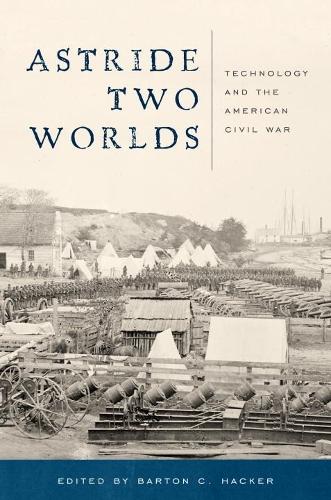
Astride Two Worlds: Technology and the American Civil War
(Hardback)
Publishing Details
Astride Two Worlds: Technology and the American Civil War
By (Author) Barton C. Hacker
Smithsonian Books
Smithsonian Books
15th May 2016
United States
Classifications
General
Non Fiction
Early modern warfare (including gunpowder warfare)
History of the Americas
History of engineering and technology
973.7
Physical Properties
Hardback
288
Width 163mm, Height 236mm, Spine 23mm
617g
Description
Explores the United States' transition into an industrial nation during the time of the Civil War, and how this transition affected life on the battleground and the home front. By the middle of the nineteenth century, industrialization and military-technological innovation were beginning to alter drastically the character and conditions of warfare as it had been conducted for centuries. Occurring in the midst of these far-reaching changes, the American Civil War straddled two ages; it can justly be labeled both the last great preindustrial war and the first major war of the industrial age. The United States was not yet an industrial nation in 1861--the new-born Confederacy even less so--but the process of industrialization was well under way, though more in the North than the South. Industrial capacity attained new levels of military significance as transportation improved, but in this, as in many other respects, the Civil War was distinctly transitional. Smoothbore artillery still dominated the battlefield, horse-drawn wagons and pack mules still carried the main logistic burden, and seamstresses still outnumbered sewing-machine operators. In an international symposium held at the Smithsonian's National Museum of American History in November 2012, scholars addressed a variety of topics related to the causes and consequences of technological change for the course and outcome of the American Civil War. Astride Two Worlds includes a selection of the best papers.
Author Bio
Barton C. Hacker, Ph.D. (University of Chicago, 1968), is senior curator of armed forces history in the Smithsonian Institutions National Museum of American History. He is also the founding editor of Vulcan: The International Journal of the Social History of Military Technology. He has lectured widely and published on the histories and historiographies of military technology, non-Western military institutions, women and armies, nuclear weapons testing, and manned spaceflight. In 2003 he received the Leonardo da Vinci Medal of the Society for the History of Technology.
